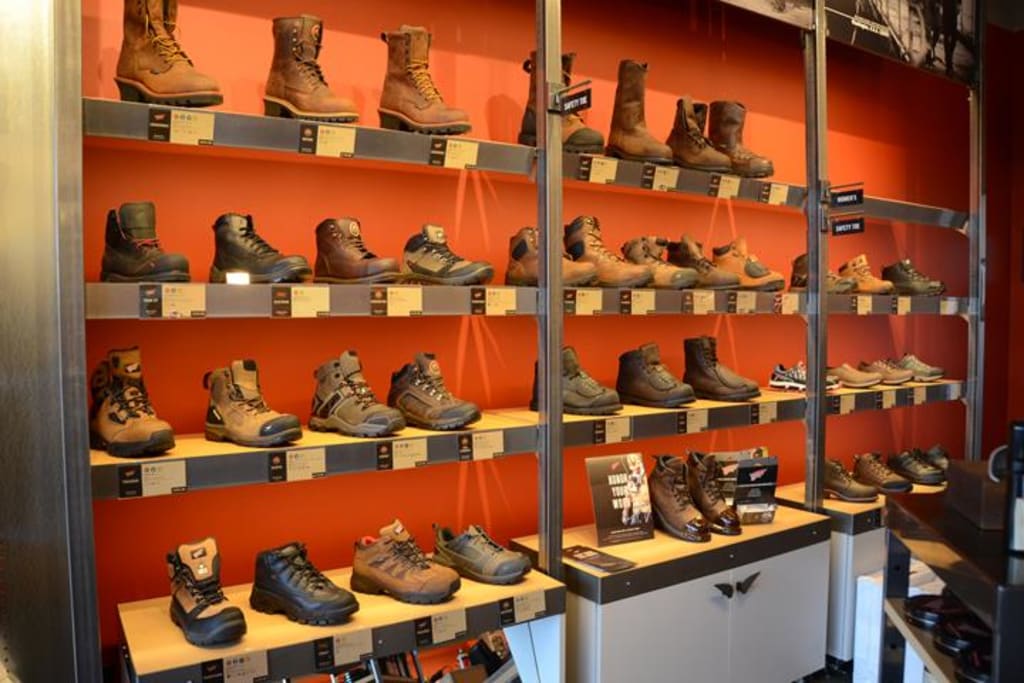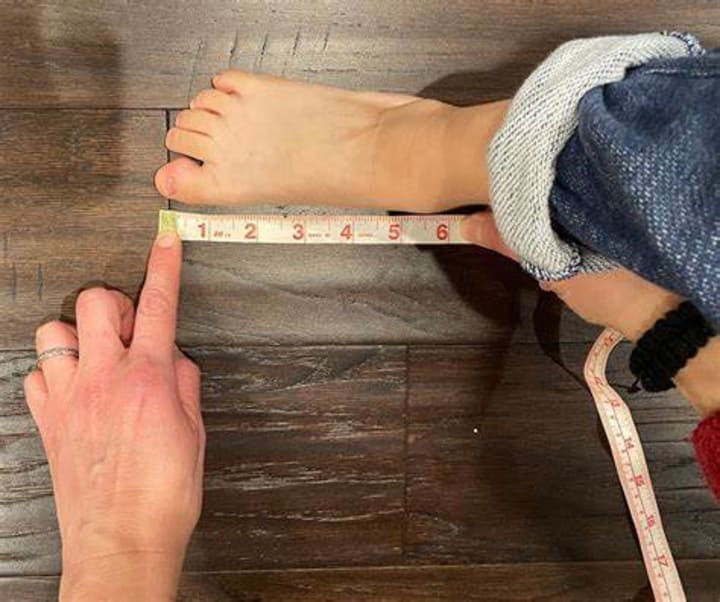Going Shoe Shopping
To Find The Perfect Work Boot

Shoes are important. They not only protect your feet from injury, but they can also provide you with comfort and support. A shoe is an outer covering for your foot that usually has a sole, heel, and upper part made of a lighter material. On average, Americans will spend $240 each year on this type of footwear. Roughly, that means each person in the country owns four pairs of shoes. In a disaster situation, boots will be the ideal footwear. This is because they can provide your foot with better protection than sneakers can. Here are some tips for buying your first pair of boots.
Toe Cap Types

This is an important factor when boot shopping. Which type you choose is based on your risk level of impact injury to your toes. Soft toes are for those at little risk of injury. They are lightweight and most comfortable. Steel toes offer you heavy-duty protection from injury. But, they weigh a fifth of a pound and can conduct heat and cold to the wearer from outside. They are very popular despite these drawbacks. Non-metal composite toes, like carbon fiber, provide you with the similar protection of a steel toe, but the weight of a soft toe. Their only drawback is the bulbous, ugly look they give the boot.
The Boot’s Material

Leather is the most common type of material used to make boots. It creates an excellent fit as it conforms to your foot over time. Full-grain leather is the highest quality leather you can buy. If buying boots made from authentic leather, remember to waterproof them before wearing them. This is because water can destroy leather if they have pro-long exposure to it. Your next best option is polyurethane (PU) leather. This is synthetic leather that is naturally waterproof. Unfortunately, it’s not as breathable as real leather. A third option is rubber, which is great for wading through flooded terrain.
Boot Soles

There are two types of soles that you can choose from, which are rubber or Thermoplastic Polyurethane (TPU). Both types can provide you with good traction to prevent slip and fall injuries. Rubber is best at resisting abrasions from rough terrain while TPU has a better resistance to splitting. TPU is a more lightweight and durable option when compared to rubber. Regardless of which sole you pick, you’ll need to make sure it is attached properly to the boot. You’ll want to make sure the boot was made with welt construction. This means the sole is attached to the boot with a strip of fabric (welt) stitched onto it.
Finding Boots That Fit

Trying on boots is not the same as trying on shoes, since they are constructed differently. Boots are made to make your foot, except the heel, feel snug. The heel should always slip inside new boots. This is because the leather around the heel will soften over time, molding to your overall foot. The ball of the foot should sit on the widest part of the sole. The instep should fit snugly over the top of the arch of your foot. You’ll want to make sure the toes are covered by the toe cap. For sizing, you should go to a professional boot store to get a proper measurement to make sure they fit correctly.
Breaking In New Boots

The best way to get your boots to fit properly is to break them in. This can be a real pain in your feet. Start by stretching the leather out by wearing the thickest socks you own. Go boot shopping in the warm months as leather tends to be softer, helping them mold to your feet faster. Wear fabric band-aids or moleskin on spots where blisters are forming. Wear your new boots in 2-3-hour intervals every other day until comfortable. Bend them as much as you can at the ankle and blow the toes at the ball of your foot. Scuff up the inside heel pocket by lightly sanding it with fine-grain sandpaper, just enough to grip your socks better.
About the Creator
M.L. Lewis
Welcome to my little slice of pie. This blog will primarily focus on prepping and homesteading skills with a sprinkle of fiction every now and then.






Comments
There are no comments for this story
Be the first to respond and start the conversation.